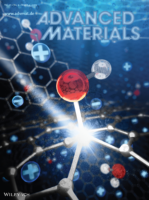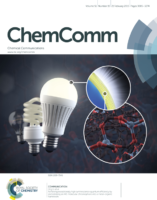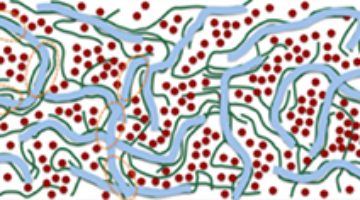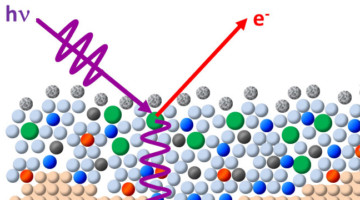Ancient plankton shells can record the physical and chemical state of the ocean in which they grew. Decoding these signals can reveal changes in global climate, atmospheric CO2, and the acidity of the oceans in deep geologic time.
All News & Updates
2015 General User Proposals: Timeline for March 4 Submissions
The User Office received 279 new General User Proposals (GUPs) and 421 Beam Time Requests (BTRs) for the 2015-2 running cycle. The User Office has processed all the proposals. Users submitting new proposals should have received an email inviting them to log in to ALSHub to review the proposal PDF that will be sent to reviewers. Read more »
Terra Sigillata: Evolution of Roman Ceramics Reflect Changes in Technology, Life
Ancient terra sigillata ceramics were the most famous and ubiquitous Roman tableware, yet when their manufacturing spread to other locations, some of the ceramics’ characteristics changed. Researchers from France and the ALS traced the changes.
Read more »
Electronic Structure Changes in Supercapacitor Electrodes Observed In Operando
Profound bias- and time-dependent changes in the electronic structure of graphene-based supercapacitor electrodes are demonstrated under operating conditions via a combination of in operando x-ray spectroscopy and ab initio modeling by J.R.I. Lee and co-workers. The evolution in electronic structure reflects changes in the surface chemistry and morphology induced by polarization of the electrode-electrolyte interface and points to distinct pseudocapacitive and electric-double-layer capacitive channels for charge storage. Read more »
MOF Coating a Promising Path to White LEDs
Hu et al. designed a new yellow phosphor with high quantum yield by immobilizing a preslected chromophore into the rigid framework of a metal–organic framework (MOF); the structure was determined at Beamline 11.3.1. Coating a blue light-emitting diode (LED) with this compound readily generates white light with high luminous efficacy. The new yellow phosphor demonstrates great potential use in phosphor-converted white LEDs. Read more »
In Situ X-Ray Scattering Helps Optimize Printed Solar Cells
Printable plastic solar cells are a potential source of inexpensive renewable energy, but the transition from lab to factory results in decreased efficiency. Now, for the first time, a miniature solar-cell printer installed in a beamline allows researchers to use x-ray diffraction and scattering to figure out why. Read more »![]()
![]()
The Butterfly Effect on Magnetic Vortices
A recent x-ray microscopy study at ALS Beamline 6.1.2 provided evidence that the ultrafast dynamics preceding magnetic vortex formation exhibits the characteristic chaotic behavior known as the butterfly effect, where minute changes can significantly determine the final outcome of a process.
Antiferromagnetic Spins Do The Twist
At ALS Beamline 4.0.2, researchers have found that the spins in an antiferromagnetic nanolayer perform a version of “The Twist,” turning one way and then the other, challenging a model that has been a cornerstone of exchange-bias theory for 27 years.
Read more »
New Technique Gives a Deeper Look into the Chemistry of Interfaces
A new technique developed at the ALS offers sub-nanometer depth resolution of every chemical element to be found at heterogeneous interfaces, such as those in batteries and fuel cells. The technique has relevance to energy research, heterogeneous catalysis, electrochemistry, and atmospheric and environmental science. Read more »![]()
![]()
March 2015 Call for General User Proposals
The User Office is accepting new General User Proposals (GUPs) from scientists who wish to conduct research at the ALS in the July-December 2015 cycle. The proposal submission deadline is Wednesday, March 4. Users need to log in to ALSHub to submit a new GUP or to make a beam time request (BTR) for an existing active proposal. Read more about GUPs, how to apply for beamtime, maintaining an active proposal, and RAPIDD access proposals. Read more »
- « Previous Page
- 1
- …
- 126
- 127
- 128
- 129
- 130
- …
- 139
- Next Page »



